
OR
Dengue threat looms over Kathmandu following outbreak in Dharan
Published On: August 21, 2023 06:00 PM NPT By: Pabitra Sunar
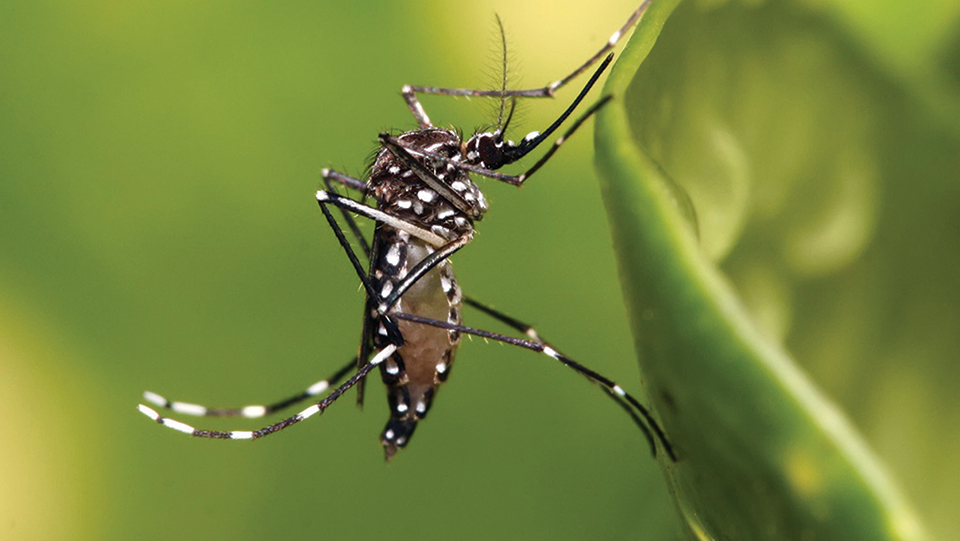
Dengue claims 12 lives so far, Government's indifference to control remains
KATHMANDU, Aug 21: The risk of dengue infection, which began with the onset of the monsoon season, is projected to persist for another three months. The National Epidemiology and Disease Control Division has predicted that the likelihood of dengue infection will endure until November.
Head of the Insect Disease Control Branch at the Epidemiology and Disease Control Division (EDCD), Dr Gokarna Dahal noted that the threat of dengue will continue until November due to ongoing rainfall. He mentioned that despite the fatal dengue outbreak in Dharan, Sunsari and its neighboring areas, the situation is not critical elsewhere.
Among the 12 fatalities attributed to dengue infection since June, 11 have occurred in Dharan along, according to the EDCD. The majority of these deaths originate from Dharan. Although the risk is lower there, a substantial number of people have contracted the infection and some are currently undergoing treatment.
According to EDCD statistics, a total of 16,267 people have been affected by dengue so far. Among them, 8,452 cases have been reported in Sunsari, followed by 1,877 in Morang, 1,757 in Dhading, 926 in Jhapa, and 390 in Kathmandu.
The data revealed that more than 500 infected individuals have been identified across four districts. The infection has spread across 77 districts. In response to the identified outbreak areas, the government is conducting remedial and public awareness programs in coordination with all provinces and districts. Concurrently, local municipalities continue the 'Find and Destroy Mosquito Habitats' campaign.
Dahal affirmed the necessity for all agencies to persistently conduct this campaign to locate and eliminate mosquito larvae throughout the period of risk. He emphasized that every local community and household must consistently engage in this campaign.
In Kathmandu Valley, which also serves as the federal capital, the local authorities appear to have neglected taking precautionary measures to avert dengue infection. Previously, the Kathmandu Metropolitan City used to identify mosquito habitats and administer permethrin spray to eradicate them for dengue control. However, it appears that the KMC is presently neglecting mosquito control and prevention measures.
In light of this situation, concerns are mounting about a potential dengue outbreak in the Kathmandu Valley, akin to that experienced in Dharan. Experts have urged local authorities to implement specialized awareness programs to contain the spread of infection.
Medical professionals stress that the primary way to prevent dengue infection is to avoid being bitten by the Aedes aegypti mosquito, the carrier and transmitter of the disease. These mosquitoes breed in stagnant water, laying eggs and maturing into larvae.
Dahal advised vigilance in identifying mosquito habitats to manage dengue infection. To achieve this, he recommends maintaining cleanliness around residences. Doctors advise against leaving plastic bags, tires, buckets, and bottles outdoors, ensuring weekly water changes in containers, and adequately covering water storage. Such practices significantly mitigate the risk.
Aedes aegypti mosquitoes are particularly active during the early hours of sunrise and sunset when they tend to bite humans. Dahal suggested that simple precautions like using mosquito nets while sleeping and wearing full-sleeved clothing can prevent mosquito bites and subsequently dengue infection.
You May Like This
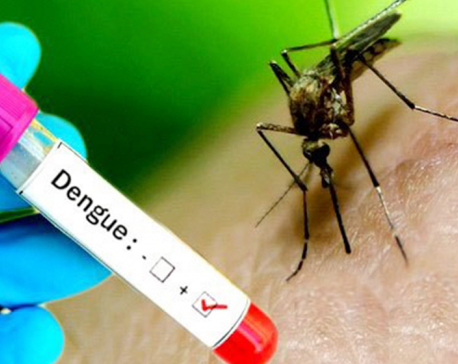
More than 54,000 dengue infections in six months
KATHMANDU, Dec 11: The dengue infection has been confirmed in more than 54,000 people in Nepal in the last six... Read More...
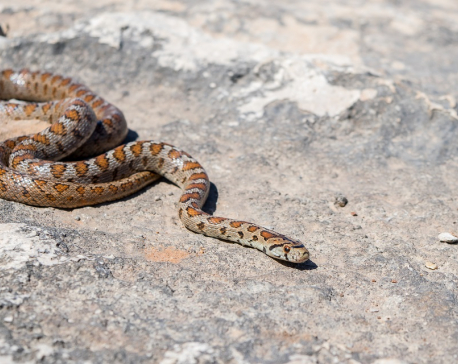
Curbing fatalities caused by rising snake bite incidents
Snakebite incidents have been on the rise in Nepal, with at least nine people losing their lives since mid-April due... Read More...

Nine new dengue cases detected in Kavre
KAVREPALANCHOWK, July 28: Viral infection of dengue that is transmitted through the bites of infected mosquitoes is increasing in Kavre... Read More...





Just In
- CIB continues investigation into illegal driving license issuance case
- Hearing on 'murder' case against Agni Sapkota scheduled in SC after 17 years
- Ridi-Tamghas road to undergo a month-long closure from today
- Political party leaders express commitment to ensure consensus to promote investment in the country
- Ilam by-election update: UML's Nembang continues to lead in vote count
- Demystifying labeled Feminism
- Japanese Foreign Minister to visit Nepal next week
- Bajhang by-election update: NC candidate ahead by 249 votes








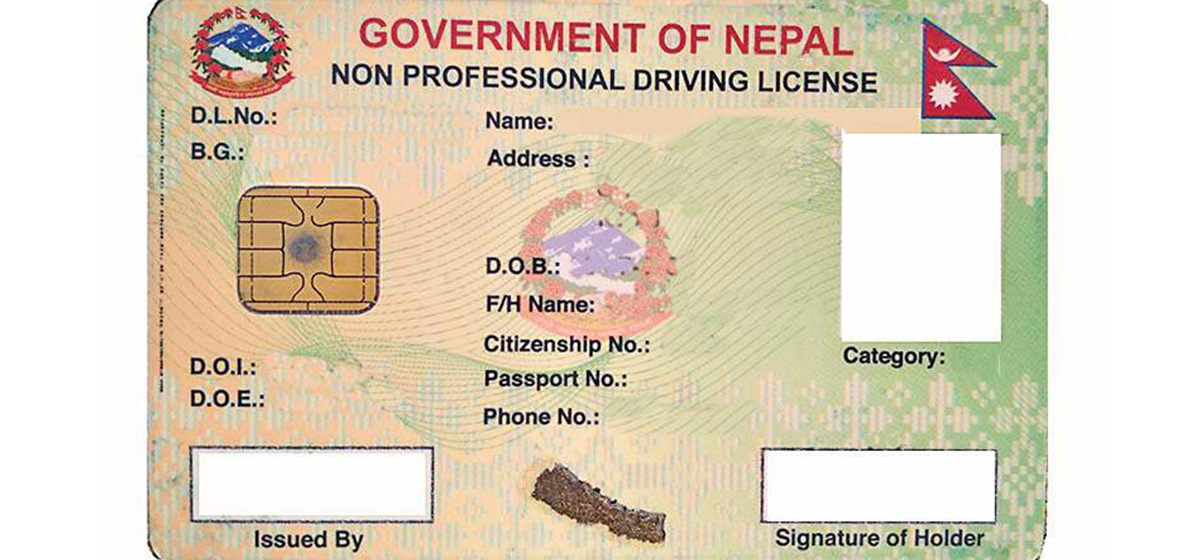
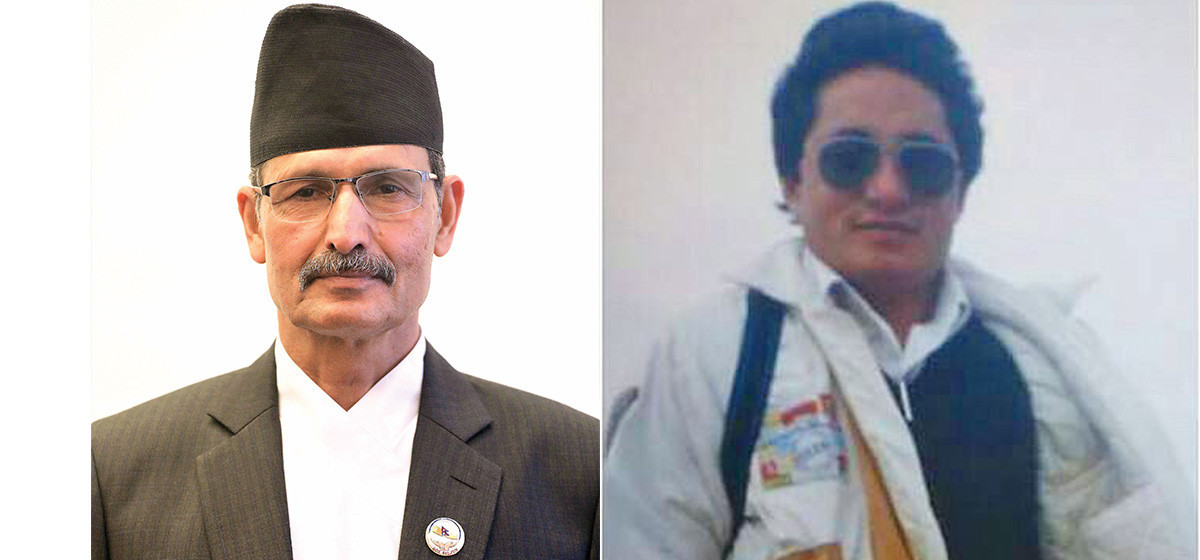
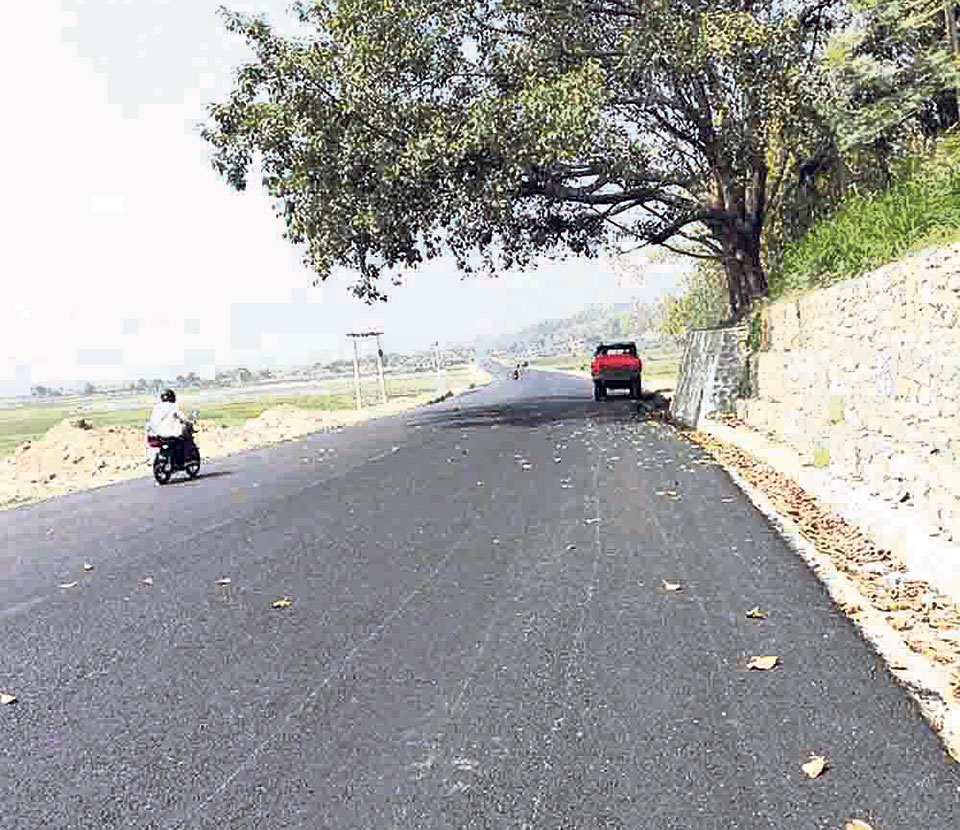

Leave A Comment